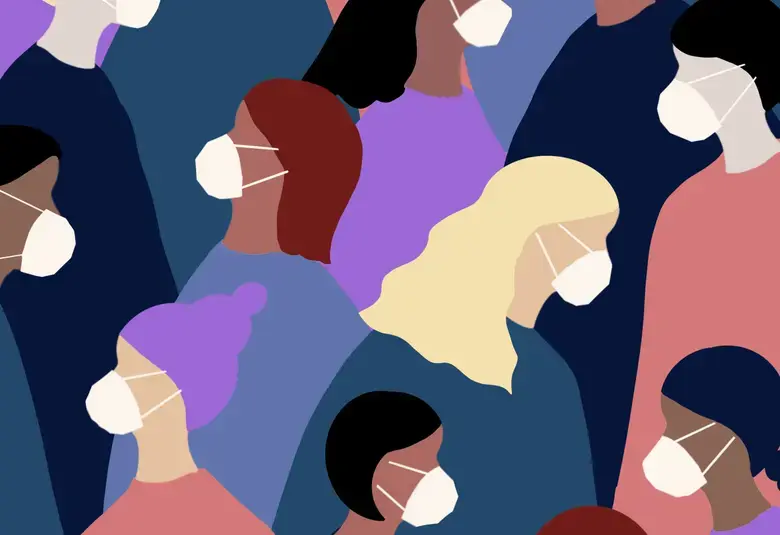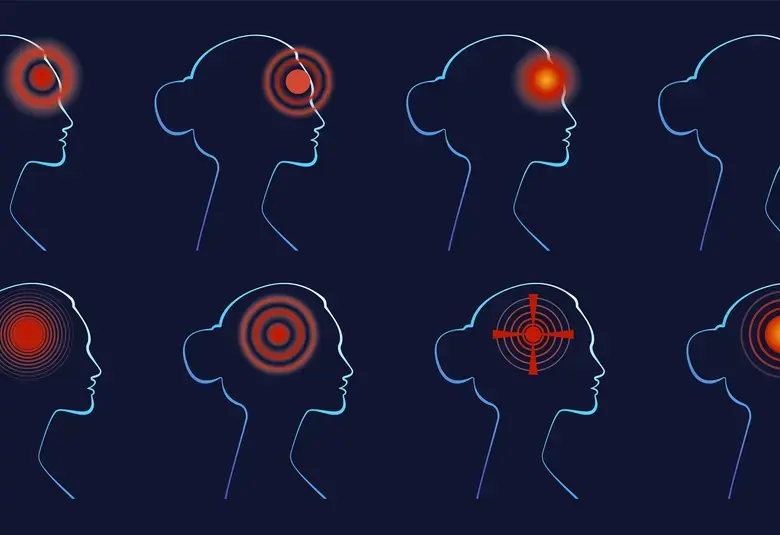Every individual with a mental health disorder has a unique experience. Understanding this individuality – their heterogeneity - is key to informing the development of effective treatment and providing appropriate, accessible, well-funded, mental healthcare services.
The theme for World Mental Health Day 2020 is Mental Health for All: Greater Investment, Greater Access. To understand how all individuals can benefit, we need to recognize their individual experience with their mental health.
Every individual has their own unique mental health depending upon their social and environmental experiences, and how these interact with their genetic, neurodevelopmental, and psychological processes to affect the biological pathways in their brain.1
Mental health disorders affect people in different ways
If the biological pathways in the brain produce abnormal thoughts, emotions, behavior, and relationships with others, people generally experience a mental health disorder — such as an anxiety disorder, bipolar disorder, major depressive disorder (MDD), post-traumatic stress disorder, schizophrenia, and substance abuse.2
Why are mental health disorders heterogeneous?
Diagnostic criteria for MDD result in at least 1497 unique symptom profiles
The diagnosis of a mental health disorder is based on the pattern of emotional, cognitive, and physical symptom criteria.3,4
Mental health disorders are therefore heterogeneous. For instance, a diagnosis of MDD requires the presence of at least five of nine symptomatic criteria resulting in at least 1497 unique symptom profiles.3,4
Two patients with the same diagnosis will not necessarily have the same symptoms,5 and their experiences will vary depending upon how their symptoms affect their quality of life, and functioning.6
The heterogeneity of mental health disorders reflects different mechanisms in the brain responsible for the same diagnosis, and the current lack of biomarkers for mental health disorders reflects the complexity of these mechanisms.7
One size does not fit all
Responses to treatment vary
The heterogeneity of mental health disorders means that responses to treatment vary in terms of:
- whether the mechanism is targeted by pharmacotherapy
- side effects
- how the response translates into quality of life and functioning8
Only 50% of people treated for MDD achieve remission after treatment,9 with only 37% achieving remission after the first line of treatment.10
Why is there a need for greater investment?
The system is failing to support people seeking professional help
The complexity of mental health disorders together with existing financial pressures on healthcare services and shortages in psychiatrists and mental health specialists11,12 means the system is failing to support people seeking professional help.
For instance, about 45% of people who died by suicide consulted a primary care physician within 1 month before their suicide.10
Greater investment in services and research is key to addressing this failure and providing the healthcare support and management needed to improve symptoms, functioning and quality of life and prevent relapses.
For instance, NAVIGATE, a comprehensive and integrated treatment intervention for first episode psychosis in the United States cost 27% more than community care over 2 years but significantly improved quality of life by 13%.13
For the latest updates on sea.progress.im, subscribe to our Telegram Channel https://bit.ly/telePiM
Our correspondent’s highlights from the symposium are meant as a fair representation of the scientific content presented. The views and opinions expressed on this page do not necessarily reflect those of Lundbeck.




